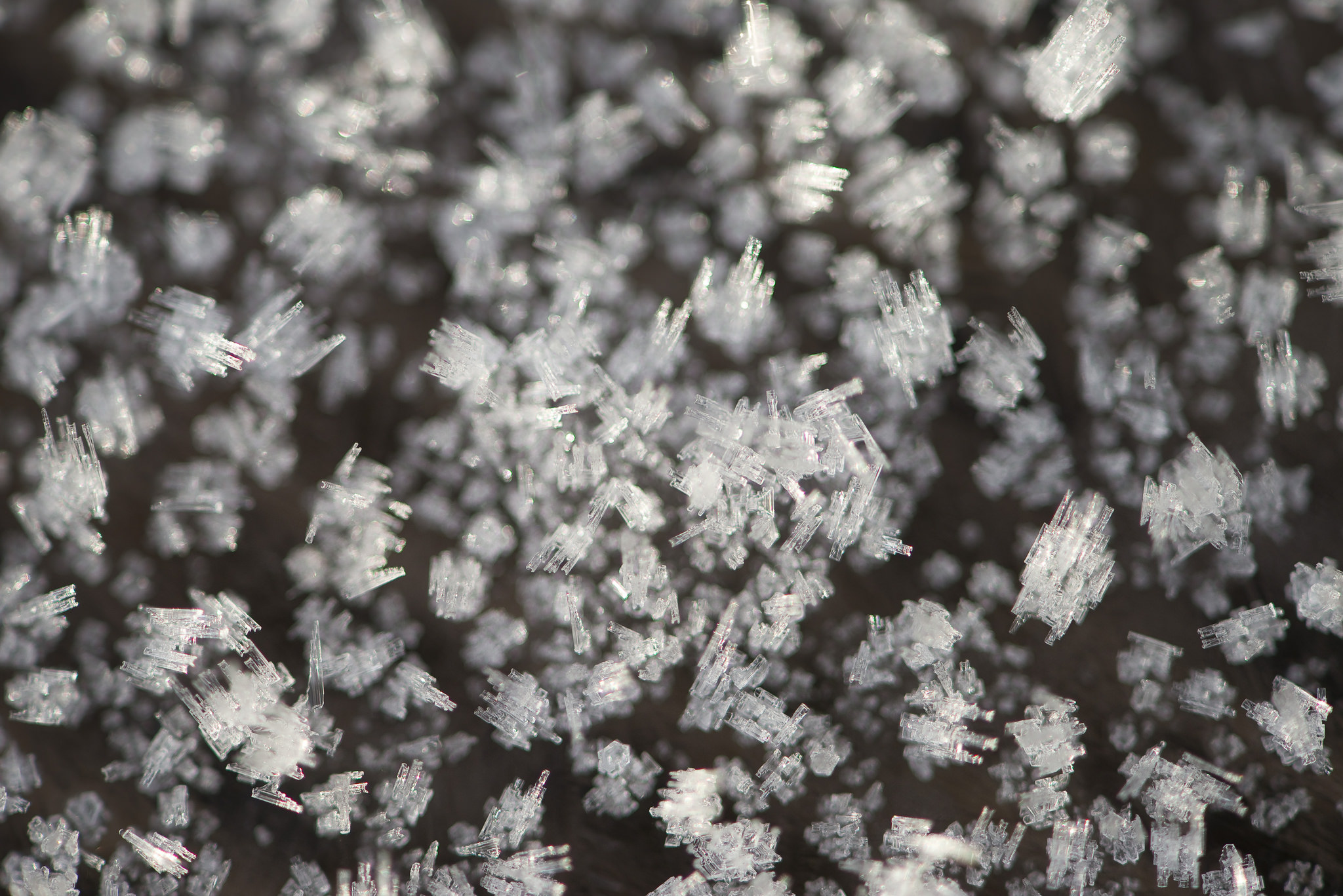 Microbiology
Microbiology
Cold adaptation: gut bacteria can make the difference

If someone told you that in our body we harbour billions of bacteria, surely you would feel mocked, but it's true! There is evidence showing that microbes colonize all the part of our body that are exposed to the external environment (like mouth and skin), with the greater portion of them residing in the gut. All the microorganisms, which are resident in our intestinal tract, are defined by scientists as gut microbiota. Importantly, gut microbiota is not a fixed group of microorganisms, but it may vary in its composition according to several factors e.g. food, age, health, antibiotic use (read also the Break: Collateral damage: antibiotics disrupt the balance in the gut).
In the past twenty years, interest has increased in science for the study of the interplay between the gut microbiota and our bodies. It is now clear that microbiota, also called "the forgotten organ", plays a major role both in physiological and pathological conditions. Gut microbiota has a variety of different functions, among which harvesting energy and providing information for the correct maturation of the immune system. Imbalance in the microbiota community, called dysbiosis, has been correlated with the development of different diseases like autoimmune and allergic diseases, obesity and diabetes1,2. However, the biological mechanisms and the factors that guide the effects of microbiota on the human metabolism are still poorly understood.
Recently, researchers from Dr. Trajkovski's lab described how cold exposure leads to a specific change in the composition of gut microbiota that favours energy absorption. After exposing lab-mice to cold for 10 days, they detected an increase in energy consumption and a decrease in body weight. Unexpectedly, despite the stable energy expenditure and food intake, the loss of fat decreased over time, leading the researchers to investigate the effects of prolonged cold exposure. In particular, focusing on the gut microbiota composition, they were able to observe a shift from "warm microbiota" to "cold microbiota" after 30 days of cold exposure. Interestingly, the transplantation of the "cold microbiota" into mice born without any microorganisms living in or on them (called germ-free mice), was sufficient to induce the metabolic changes needed to make these mice more resistant to cold. The researchers have shown that the above mentioned effects were promoted by the browning of the white fat depots (read also the Break: The colour beige: heating up the fat), in part mediated by the shift in the microbiota composition.
Furthermore, they investigated in detail the effect of cold exposure on the intestine. After prolonged cold exposure, the researchers observed a dramatic increase in intestinal surface area, which improves the mice's ability to get energy from food. This improvement in energy absorption explains the stabilization of the mice's body weight despite the increased energy consumption when exposed to cold. Remarkably, they also observed that one specific species of bacteria, Akkermansia muciniphila, is almost completely absent in the cold microbiota, and its transplantation into mice leads to a full prevention of their ability to enhance energy absorption and increase intestinal surface.
It is becoming clear that the relationship between host and gut microbiota plays a pivotal role in the regulation of both physiological and pathological conditions. In their publication, researchers propose that the co-evolution between host and microbiome may have had a role during periods of increased energy demand, like winter, where changes in the gut microbiota composition were needed to increase the calorie absorption from food. The group of Trajkovski was able to show that the above mentioned increment in calorie absorption is in part due to the expansion of the intestine. Furthermore, one strain from the gut microbiota, Akkermansia muciniphila, was reported to revert some of the benefits of cold exposure, representing the first example of symbiosis able to affect body's energy utilization.
Original Article:
Chevalier C, Stojanović O, Colin D et al. Gut Microbiota Orchestrates Energy Homeostasis during Cold. Cell. 2015;163(6):1360-1374. doi:10.1016/j.cell.2015.11.004Next read: Studies of the bugs within: telling sickness from cure by Sofia K. Forslund , Oluf Pedersen
Edited by:
Dr. Carlos Javier Rivera-Rivera , Managing Editor
We thought you might like
Collateral damage: antibiotics disrupt the balance in the gut
Jun 2, 2016 in Microbiology | 3.5 min read by Katri KorpelaInvisible allies for healthy juvenile growth
Oct 12, 2016 in Microbiology | 4 min read by Martin SchwarzerThe cutting EDGE: Bringing genomics to everyone
Jun 14, 2017 in Microbiology | 3.5 min read by Patrick ChainMore from Microbiology
Monoclonal antibodies that are effective against all COVID-19 -related viruses
Jan 31, 2024 in Microbiology | 3.5 min read by Wan Ni ChiaPlagued for millennia: The complex transmission and ecology of prehistoric Yersinia pestis
Jul 31, 2023 in Microbiology | 3 min read by Aida Andrades Valtueña , Gunnar U. Neumann , Alexander HerbigHow cellular transport can be explained with a flip book
Jun 5, 2023 in Microbiology | 3 min read by Christina ElsnerThe Achilles’ heel of superbugs that survive salty dry conditions
Apr 24, 2023 in Microbiology | 4 min read by Heng Keat TamNew chemistry in unusual bacteria displays drug-like activity
Mar 21, 2023 in Microbiology | 3.5 min read by Grace Dekoker , Joshua BlodgettEditor's picks
Trending now
Popular topics


